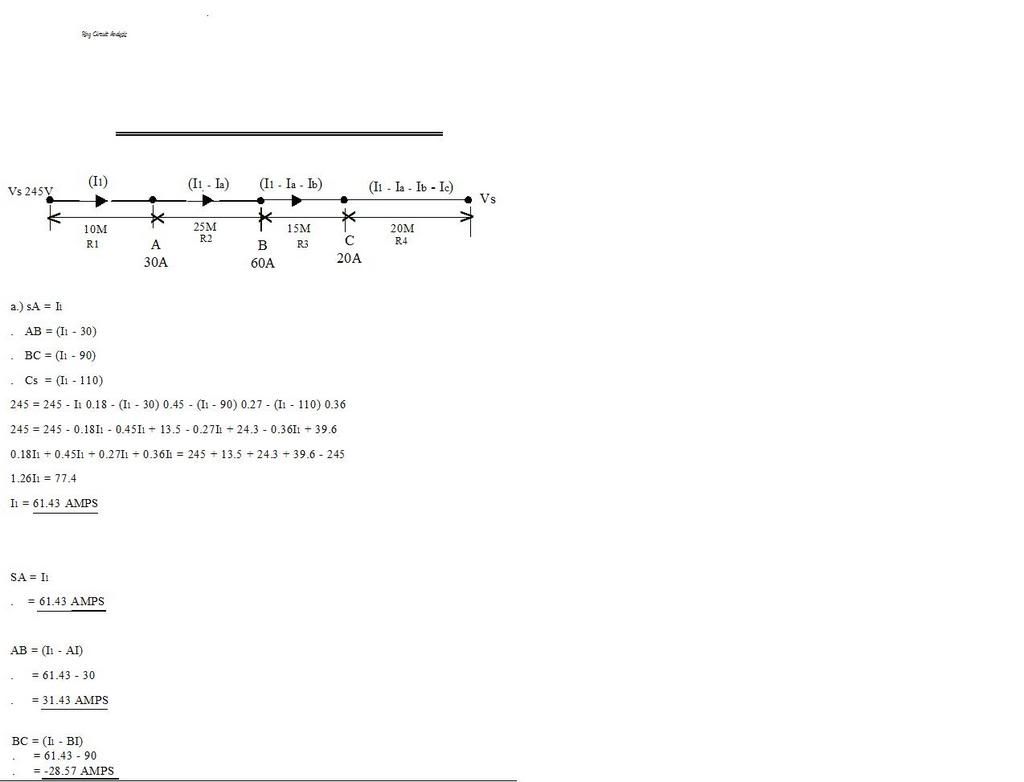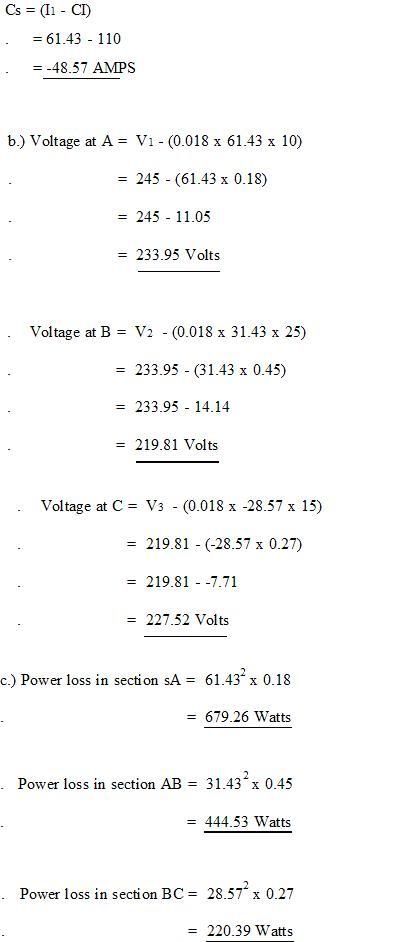- Joined
- 30 Aug 2006
- Messages
- 127
- Reaction score
- 0
- Country

Apologies for the photo first of all!
I'm trying to calculate how much current each leg in the hypothetical ring circuit is carrying.
I'm sure I've seen an example on how to do it here some where.
Can someone point me in the right direction, or run through the calculation for me please.
You don't have to tell me the answer, just give me the the theory.
The boss at work is always giving us this "homework!" lol.
Thanks again.

I'm trying to calculate how much current each leg in the hypothetical ring circuit is carrying.
I'm sure I've seen an example on how to do it here some where.
Can someone point me in the right direction, or run through the calculation for me please.
You don't have to tell me the answer, just give me the the theory.
The boss at work is always giving us this "homework!" lol.
Thanks again.





